A Beautiful Surprise
I spent ten days exploring Valencia and, as someone well-travelled across continents, I found something truly refreshing here: Valencia is one of the most bike-friendly cities I’ve ever visited.
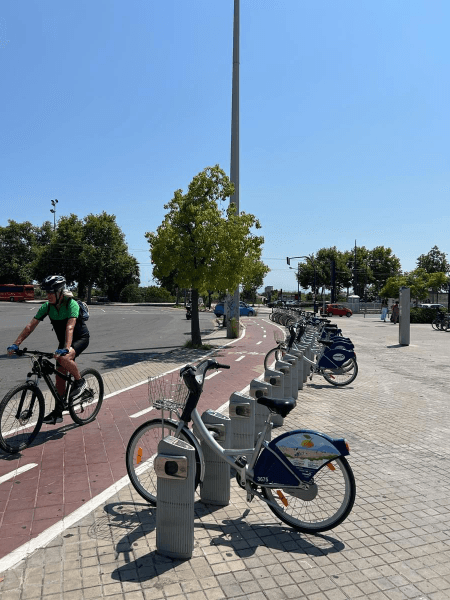
Given its size, I expected to see the streets filled with dockless bikes and e-scooters from private operators—just as in many other European cities. But no. In stark contrast to London, I saw no sidewalk-clogging bikes, no scattered scooters, no clutter. Everything felt orderly, well-designed, and human-friendly.
During my stay, I relied on public transport—mainly buses—and the city’s bike-sharing scheme, Valenbisi. A bus ride costs €1.40, and even less with a 10-ride pass. For just €3.50 a day, you can use Valenbisi with unlimited trips of up to 30 minutes free. Compare that to the £3.70 for a 10-minute Lime ride in London, and you start to see why I felt like I was in cycling heaven.
The Secret Behind Valencia’s Cycling Success
A City Built for Bikes
Valencia boasts nearly 170 km of bike lanes, much of it anchored by the Turia Gardens—a former riverbed transformed into a lush, 9 km green corridor through the heart of the city. It’s a scenic backbone for the cycling network, connecting neighbourhoods safely and efficiently. Combined with flat terrain and a mild Mediterranean climate, cycling here feels effortless.
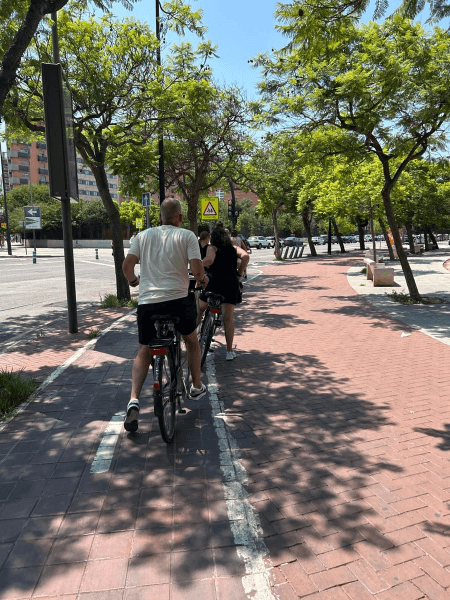
An Extensive, City-Run Bike-Share Scheme
Launched in June 2010, Valenbisi is Valencia’s municipal bike-share, operated under contract by JCDecaux using its Cyclocity platform. Today it offers around 2,750 bicycles across 275–276 stations, spaced roughly every 300–400 metres. Coverage is citywide, making it easy to find a bike or a dock.
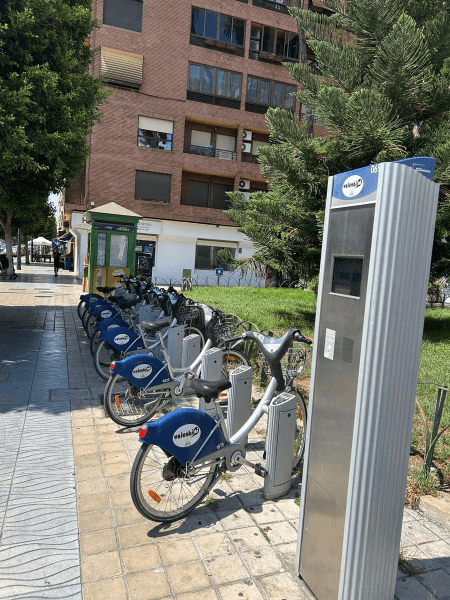
The scheme is partly funded by on-street parking fees, which contribute about €1 million annually—a smart loop where car use helps pay for sustainable transport.
Seamless Integration with Public Transport
Valenbisi is designed to complement buses, trams, and the metro. Many docking stations are located near transit hubs, and bikes are even allowed on the metro at weekends without extra cost. This integration encourages mixed-mode journeys and reduces reliance on private cars.
Regulation and a Well-Funded City Scheme Over Bike-Share Chaos
Valencia has made a deliberate choice. The city does not allow e-scooter sharing, and despite being a sizeable urban area, no private bike-share operators have entered the market.
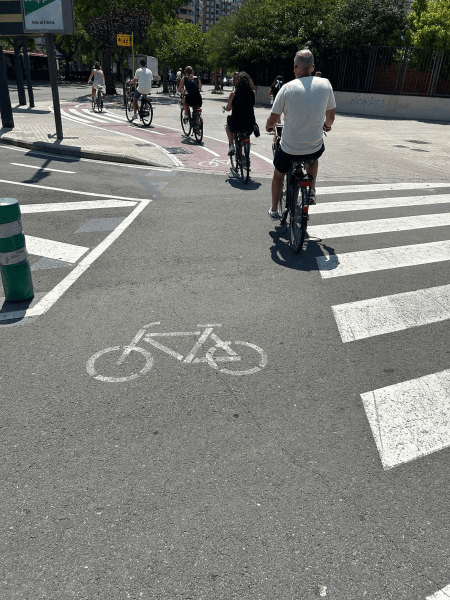
This stands in stark contrast to cities where multiple operators flood the market, competing for space and users, often leading to streets littered with neglected, broken, or abandoned vehicles.
Active Policy and Community Support
- 30 km/h speed limits cover 64% of streets, improving safety for cyclists and pedestrians.
- Real-time bike counters track and display usage, building public engagement.
- Civic campaigns—such as cycling to cultural events or promoting women in cycling—help embed biking into everyday life.
Lessons for Other Cities
In the UK and across Europe, some local authorities are handing over micromobility to private operators under “cost-free” arrangements. Operators like VOI see the UK as a growth engine for e-scooters, but the result can be high prices for users and streets cluttered with under-maintained vehicles.
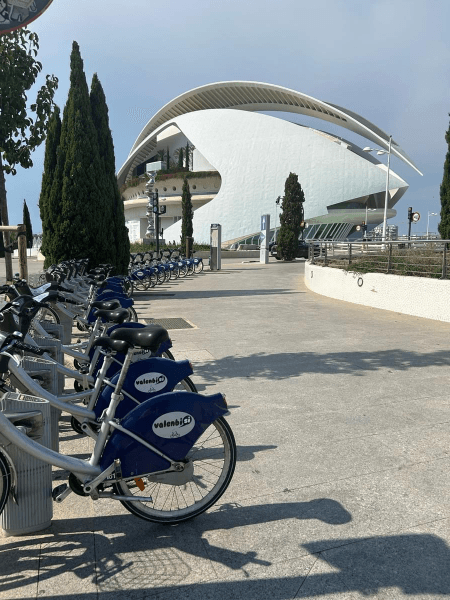
Valencia shows another way:
- Invest in public infrastructure
- Fund it sustainably (e.g., through parking revenue)
- Keep operations accountable via a concession model
- Integrate cycling into city planning, not as an afterthought
Some might argue that a well-funded, city-integrated bike-share is only possible in global megacities like New York, where Citi Bike serves millions of rides each year. But Valencia proves otherwise. You don’t need the size—or the budget—of New York to make it work. Even as a mid-sized city, it has delivered an affordable, orderly, and widely used scheme that keeps streets clean, supports local cycling culture, and integrates seamlessly with public transport.
If Valencia can do it, there’s no reason other cities—large or small—can’t follow its lead.
